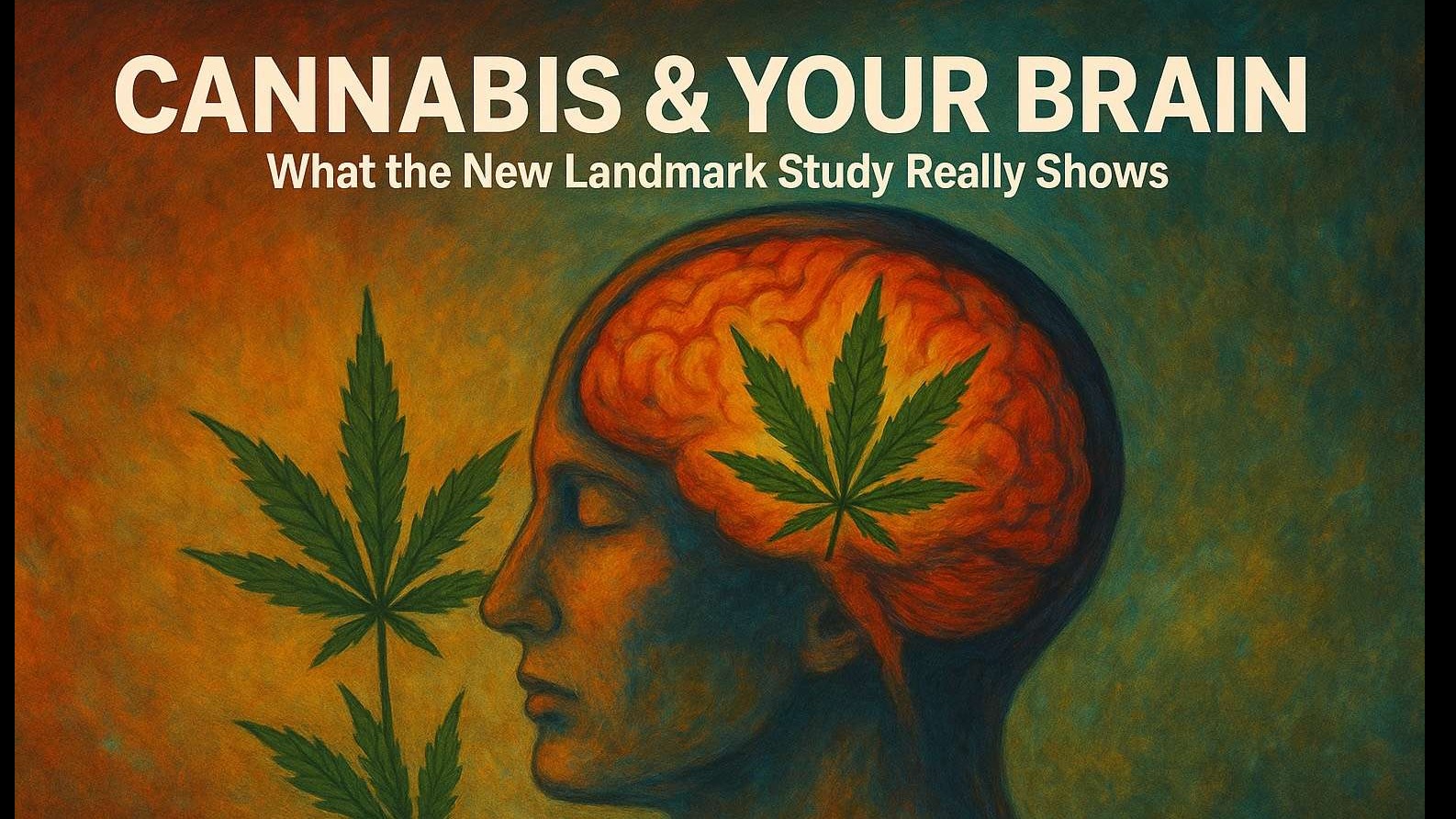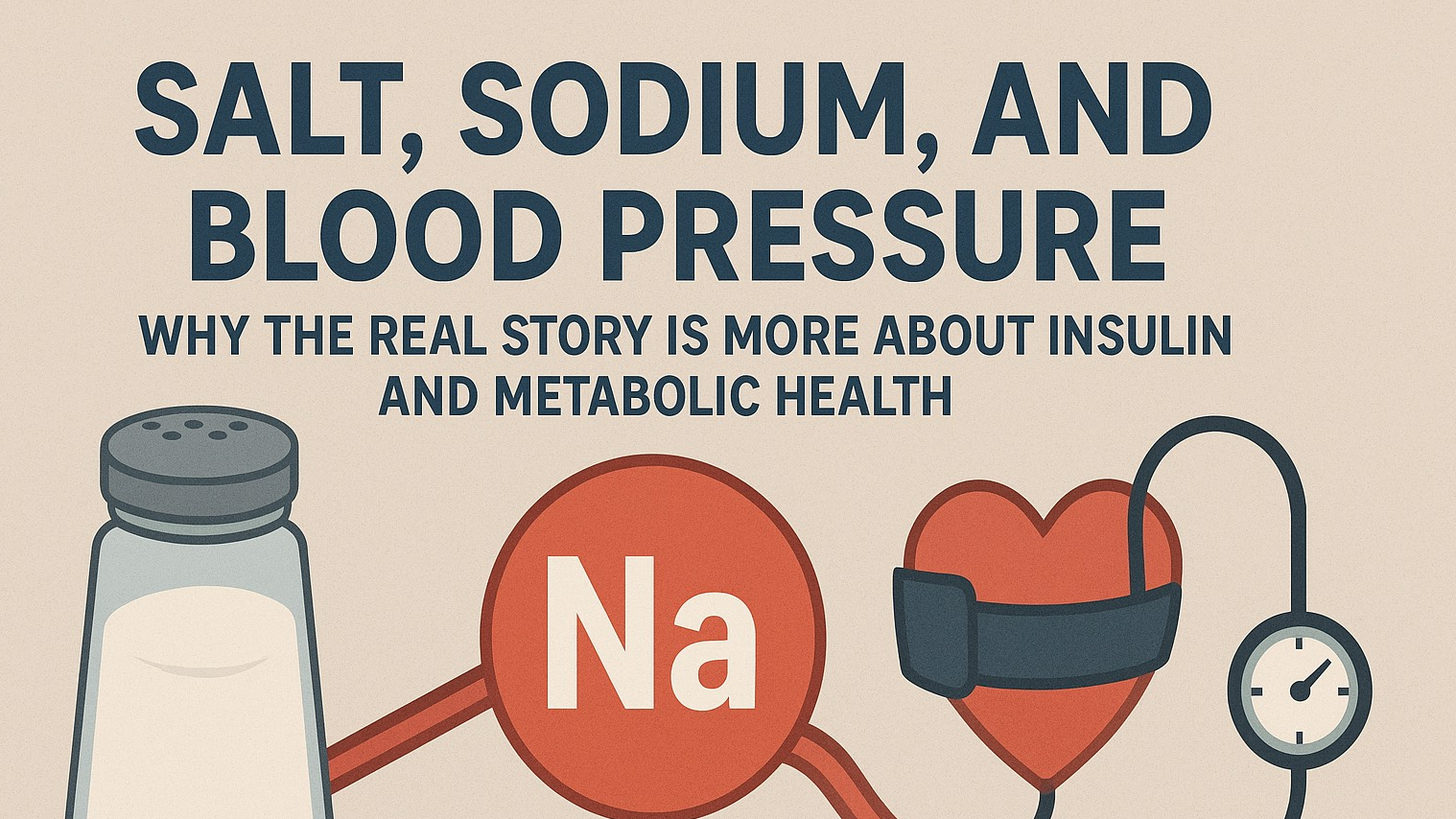
Published evidence (Feb 2025) has a lot of people talking: a large, carefully analyzed brain-imaging study reports that heavy cannabis use is linked with reduced brain activation during working-memory tasks—the kind of mental work you rely on to hold instructions in mind, follow a conversation, do mental math, or safely navigate a busy road. JAMA Network
Below, I’ll break down what the study did, what it found (and didn’t), what it may mean for women and young adults, and smart, practical takeaways you can use today.
Key Takeaways (in plain English)
In 1,003 young adults (ages 22–36), people who had used cannabis more than 1,000 times in their life (the study’s “heavy use” group) showed lower activation in key brain regions while doing working-memory tasks—even after excluding those who had recently used. JAMA Network
Media and university summaries note that about 63% of heavy lifetime users and about 68% of recent users showed reduced brain activity on the working-memory task. CU Anschutz News
The affected regions included the dorsolateral and dorsomedial prefrontal cortex and the anterior insula—areas that help you concentrate, plan, regulate emotions, and make decisions. These regions are dense in CB1 cannabinoid receptors, which THC binds to. JAMA Network
Causation isn’t proven (the study is cross-sectional), and most other cognitive tasks in the study didn’t meet the strictest statistical threshold. Still, the working-memory result was robust after multiple-comparison corrections. JAMA Network
Recent use was linked to poorer performance on several tasks (including working memory), and residual cognitive effects from cannabis can persist for 2–4 weeks after stopping—important if you’re about to take an exam, drive long distances, or do high-stakes work. JAMA Network
What Makes This Study “Landmark”?
Size & rigor. The research analyzed 1,003 young adults from the Human Connectome Project, using standardized fMRI tasks across seven cognitive domains (working memory, language, reward, motor, emotion, relational reasoning, theory of mind). It measured both lifetime exposure and recent use (via urine toxicology the day of scanning). Analyses adjusted for age, sex, education, income, alcohol, and nicotine. JAMA Network
Clear exposure groups. Participants were classified as heavy (>1,000 lifetime uses), moderate (10–999 uses), and non-users (<10 uses). This allowed the team to compare “dose” histories, not just yes/no use. JAMA Network
Conservative statistics. The authors corrected for multiple comparisons (false discovery rate), so the headline finding—lower activation during working memory with heavy lifetime use—survived the strictest tests. JAMA Network
The Headline Result: Working Memory Takes the Hit
Working memory is your brain’s scratchpad. When researchers asked participants to perform these tasks in the scanner, heavy lifetime users showed lower activation (small-to-moderate effect size) in prefrontal cortex and anterior insula—regions you need for focusing, updating information, and self-control. JAMA Network
Importantly, the association remained even when recent users were excluded, suggesting a longer-lasting change associated with heavy lifetime exposure. JAMA Network
University coverage emphasized the practical point: 63% of heavy lifetime users and 68% of recent users showed reduced activity during working memory—consistent with the peer-reviewed result. CU Anschutz News
What about other brain functions? After conservative statistical corrections, no other task showed a reliable lifetime-use effect; some recent-use effects did not remain significant after correction. That means the strongest, most defensible signal in this dataset is working memory. JAMA Network
Why Might This Happen? (The “How” behind the headlines)
The implicated regions (dlPFC, dmPFC, anterior insula) are relatively rich in CB1 receptors—the main docking site for THC, cannabis’s primary psychoactive compound. Repeated THC exposure can down-regulate CB1 receptors, potentially dampening neural signaling in circuits that support attention and working memory. JAMA Network
A complementary 2025 JAMA Psychiatry study using a different imaging method found that people with cannabis use disorder show altered midbrain dopamine signals in a region implicated in psychosis risk (substantia nigra/ventral tegmental area). While this isn’t the same as the working-memory finding, both point to neurochemical and circuit-level changes with frequent, prolonged use. PMCWestern News
Bottom line: Frequent THC exposure appears to interact with CB1-dense prefrontal circuits (attention/working memory) and may, in heavier-use patterns, relate to dopamine system changes implicated in psychosis risk. Mechanistically, that plausibly explains why some users report issues with focus, short-term memory, and motivation. (Correlation ≠ causation, but the convergence is noteworthy.) JAMA NetworkPMC
How Long Do Effects Last?
The authors note that residual cognitive effects can persist 2–4 weeks after stopping—a time window many people underestimate. Practically speaking, abstaining for several weeks before cognitively demanding tasks may matter more than avoiding use only the night before. JAMA Network
A Note on Teens & Young Adults
The landmark study focused on ages 22–36. For adolescents, 2024 NIH-supported work suggests some brain structure differences associated with early substance use may precede any use—reminding us that causality is complex and risk is influenced by pre-existing biology. That said, because the brain continues maturing into the mid-20s, minimizing THC exposure during development remains a prudent, evidence-aligned stance. National Institute on Drug Abuse
How Does This Fit with Imaging Work?
Dr. Amen and colleagues have long argued that cannabis is not “brain-neutral.” A frequently cited paper using SPECT perfusion imaging (a different modality than fMRI) reported lower blood flow across many regions in cannabis users—especially the hippocampus, a memory hub vulnerable in Alzheimer’s disease. While SPECT and fMRI measure different things (blood flow patterns vs. task-evoked activation), both lines of data point toward memory-related circuits as a potential weak spot with cannabis exposure. Journal of Alzheimer's Disease
Amen Clinics has also summarized newer epidemiological data connecting cannabis to cardiovascular and mental-health risks. Those reviews are useful context, though the “landmark” working-memory finding described above comes from JAMA Network Open and the Human Connectome dataset. Amen Clinics
What About Medical Cannabis or CBD?
Not all cannabis exposure looks the same. A 2024 cohort study tracking adults using medical cannabis for one year found no significant changes in brain activation for working memory, reward, or inhibitory control. That suggests dose, frequency, age, potency (THC %), and product type may be critical variables—an active area of research. PMC
Separately, CBD (non-intoxicating) is being studied for potential antipsychotic/anxiolytic effects, though this is still early-stage and does not mean “any cannabis product is protective.” Formulation and dosing matter. PMC
Important Limitations (Read before over-generalizing)
Cross-sectional design: The JAMA study can’t prove cannabis caused the lower activation; it shows an association consistent with long-term exposure effects. JAMA Network
Self-reported lifetime use: “>1,000 uses” is self-reported; still, urine toxicology confirmed recent exposure status. JAMA Network
Age window: Results in 22–36-year-olds may not generalize to older adults or teens. JAMA Network
Task specificity: Working memory effects were strongest; other tasks didn’t meet strict thresholds after correction. JAMA Network
Practical Guidance If You (or Your Teens) Use Cannabis
This section is informational and not medical advice.
Protect your working memory window. If you must perform cognitively demanding tasks (exams, major presentations, meticulous driving/navigation, high-risk jobs), abstain well in advance—think weeks, not days, especially if you’re a frequent user. JAMA Network
Watch frequency & potency. The “heavy” pattern (>1,000 lifetime uses) is where the strongest association showed up. Higher-THC products likely increase risk; titrate down or take structured breaks if you choose to use. JAMA Network
Be extra cautious if you’re under 25. With brains still developing, err on the side of less—and seek healthier sleep/anxiety strategies first (breathwork, morning light exposure, resistance training, omega-3-rich meals, magnesium glycinate as appropriate). National Institute on Drug Abuse
Flag red-flags for psychosis risk. Family history of psychosis, early heavy use, and high-potency THC raise risk signals. Seek professional guidance; products with lower THC and/or higher CBD may reduce some risks, but this is not a guarantee. PMC
Cycle breaks intentionally. If you’re a regular user, plan tolerance breaks and monitor cognition (focus, memory, task follow-through) during and after a 2–4 week pause. JAMA Network
For Women: Any Sex-Specific Data?
In this dataset, the working-memory association didn’t differ by sex, although there was a sex interaction on a motor task (recent THC linked with lower activation in men, not women—one dataset, not definitive). We need female-focused studies on dose, hormones, and cycle phase to tailor guidance better. JAMA Network
The Bottom Line
The strongest, most conservative signal from the new large study is that heavy, long-term cannabis use is associated with dampened brain activation during working memory, centered in prefrontal and insula circuits. That’s the exact network you need for day-to-day mental performance. JAMA Network
Recent use can also blunt performance—sometimes for weeks after stopping—so timing matters for safety and productivity. JAMA Network
Not all cannabis exposure is equal: dose, frequency, age, THC potency, and product type likely determine risk. Some medical-use cohorts don’t show the same neural changes, underscoring the need for personalized, cautious approaches. PMC
Sources & Further Reading
Primary study (Feb 2025): JAMA Network Open—Brain Function Outcomes of Recent and Lifetime Cannabis Use (Human Connectome Project analysis). JAMA Network
CU Anschutz news release (summary with percentages). CU Anschutz News
JAMA Psychiatry (June 2025): Convergence of Cannabis and Psychosis on the Dopamine System (midbrain dopamine signal changes in cannabis use disorder). PMC
NIH/NIDA (Dec 2024): Brain structure differences tied to early substance use risk in adolescents (pre-existing vulnerabilities). National Institute on Drug Abuse
Journal of Alzheimer’s Disease (2016): SPECT perfusion work noting reduced hippocampal blood flow in cannabis users (context for Amen’s earlier findings). Journal of Alzheimer's Disease
JAMA Network Open (2024): Year-long medical cannabis use cohort—no significant changes in working memory/reward/inhibitory control activation (dose/formulation/age matter). PMC
 Add Row
Add Row  Add
Add 










Write A Comment